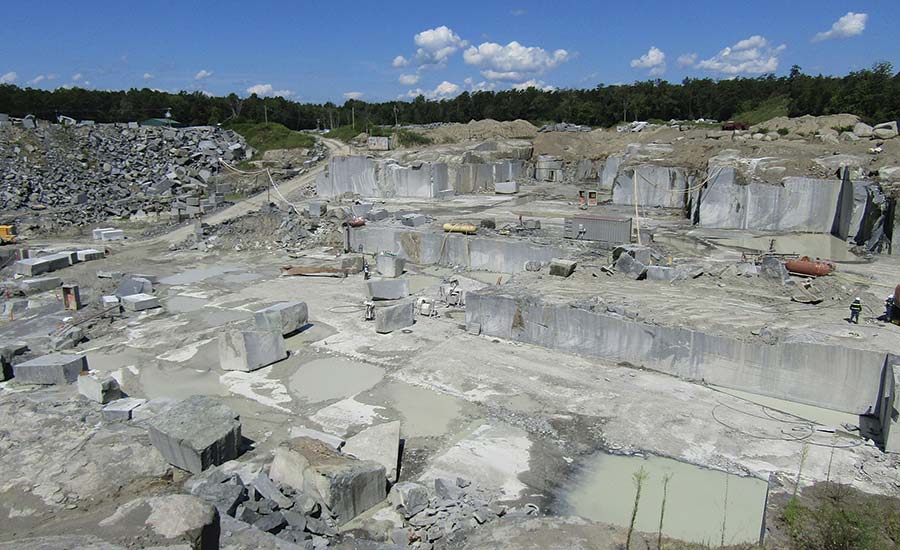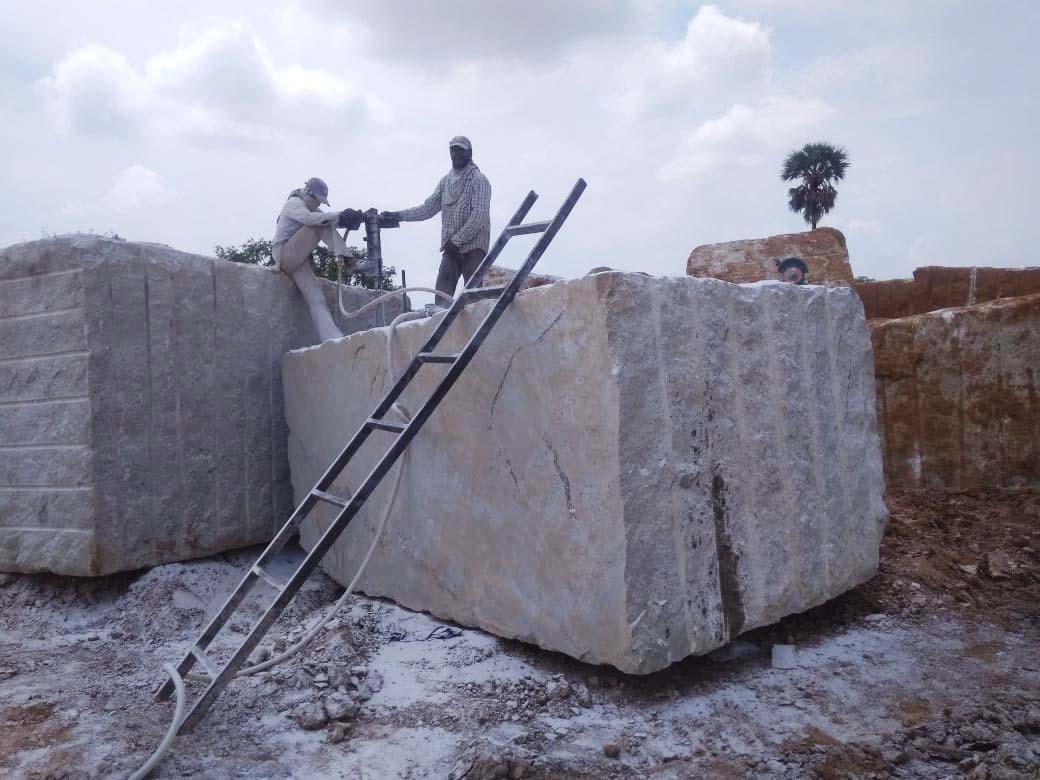Granite Quarries in South Africa Wonders: Discovering the Quarry Landscape
Granite Quarries in South Africa Wonders: Discovering the Quarry Landscape
Blog Article
Unearthing the Rich Background and Lasting Practices of Granite Quarrying
As we depend on the precipice of discovering the complex tapestry of granite quarrying, a trip with time reveals not simply the physical act of removing stone however likewise the cultural and historical significance woven into the very material of this technique. From the old beginnings that laid the foundation for contemporary quarrying strategies to the lasting techniques that are forming the future of this sector, each sculpt mark on granite surfaces narrates waiting to be unearthed (granite quarries in south africa). The legacy of granite quarrying extends much past plain extraction; it is a testimony to human resourcefulness, resilience, and the long-lasting appeal of this magnificent rock
Ancient Beginnings of Granite Quarrying
Dating back to ancient worlds, the practice of quarrying granite has actually been an indispensable component of human background and architectural innovation. The earliest evidence of granite quarrying go back to old Egypt, where huge pyramids and detailed sculptures were crafted from this durable stone. The Egyptians used primitive devices to extract granite blocks from quarries, showcasing the significance of this product in their huge constructions.
Moving on in background, the Greeks additionally made considerable payments to the quarrying of granite. The Greeks made use of granite in various architectural marvels, such as holy places and statues, showing their ability in shaping and carving this durable stone. The Romans further fine-tuned the techniques of quarrying granite, utilizing innovative tools like knives and hammers to remove and shape granite for their legendary structures.
Via the centuries, the technique of quarrying granite has evolved, with contemporary innovations boosting efficiency while maintaining the timeless appeal of this natural stone - granite quarries in south africa. From ancient worlds to contemporary building contractors, the heritage of granite quarrying remains to form our globe
Evolution of Quarrying Techniques
The evolution of quarrying strategies has actually been noted by a continual development towards greater performance and precision in extracting granite. Early quarrying strategies included hand-operated labor with fundamental tools such as blades, hammers, and wedges to extract granite blocks from the earth.
Developments in computer-controlled tools and 3D modeling have actually enhanced quarrying operations, leading to marginal environmental impact and improved sustainability practices. As the need for granite continues to rise, the advancement of quarrying techniques continues to be indispensable to conference industry needs successfully and sustainably.
Social Relevance of Granite
Granite holds an extensive cultural importance throughout different human beings due to its long-lasting visibility in architectural work of arts and prized monoliths. The cultural relevance of granite extends beyond its physical characteristics; it embodies strength, security, and timelessness, making it a sign of sustaining heritages and traditions.

Sustainable Practices in Quarrying
Amidst check my reference the abundant background of granite quarrying and its social relevance exists an expanding focus on sustainable methods within the industry. As environmental recognition and worries regarding resource deficiency have enhanced globally, the quarrying market has progressively accepted lasting methods to reduce its influence on the setting and surrounding communities.

Moreover, recovery and rehabilitation of quarry sites post-extraction are indispensable to lasting methods. By recovering quarried areas to a natural or valuable state, such as developing wildlife environments or leisure rooms, quarriers can balance out the ecological impact of their procedures and add favorably to the regional ecological community.
Heritage of Granite Quarrying
With a historic background soaked in workmanship and commercial progression, what withstanding impact has granite quarrying left on the landscape of modern culture? The legacy of granite quarrying goes beyond mere extraction methods; it has actually formed building marvels, urban landscapes, and social heritage worldwide. The durable nature of useful content granite has actually made it a preferred selection for monuments, structures, and infrastructure, standing as a testimony to the skill and virtuosity of quarry employees throughout generations.
Furthermore, the financial impact of granite quarrying can not be ignored. The market remains to give job opportunity and drive regional economic situations in regions where granite removal is common. It has additionally stimulated technological advancements in quarrying strategies and tools, causing much more effective and sustainable methods.
In regards to sustainability, the tradition of granite quarrying includes efforts to minimize ecological influences via reclamation jobs and accountable resource administration. By balancing economic passions with ecological stewardship, the sector makes every effort to make certain that future generations can remain to take advantage of this enduring natural source.
Conclusion

Report this page